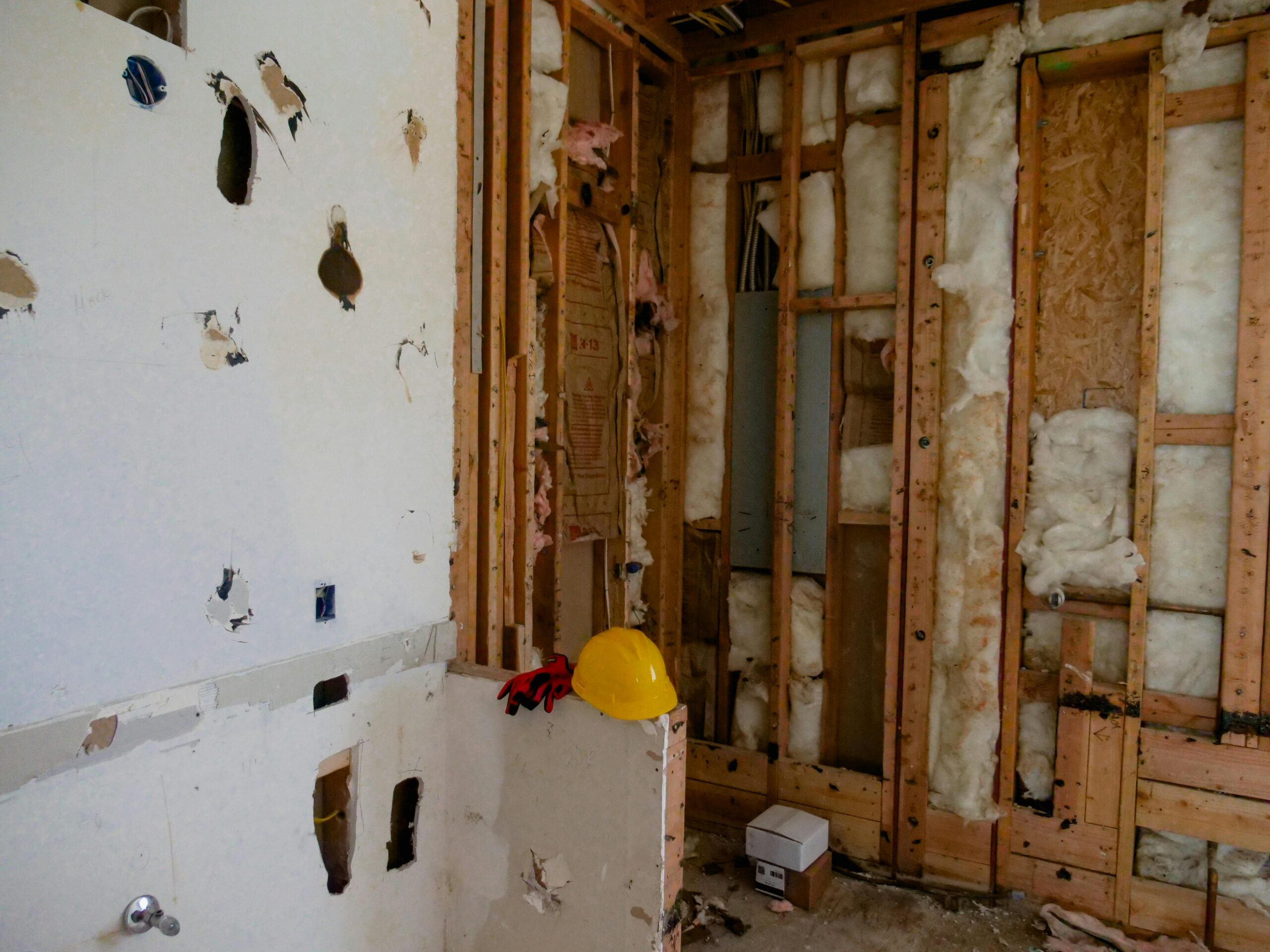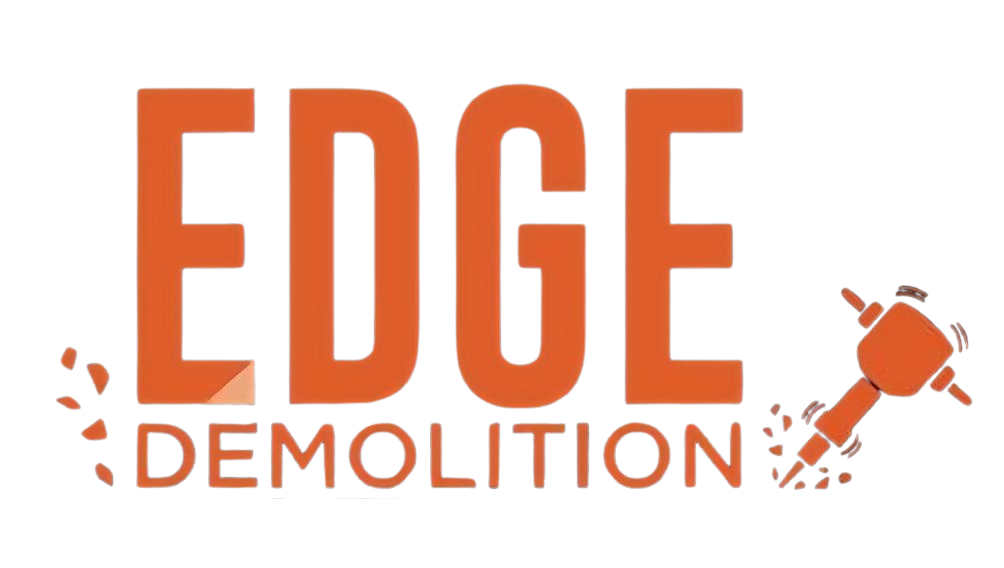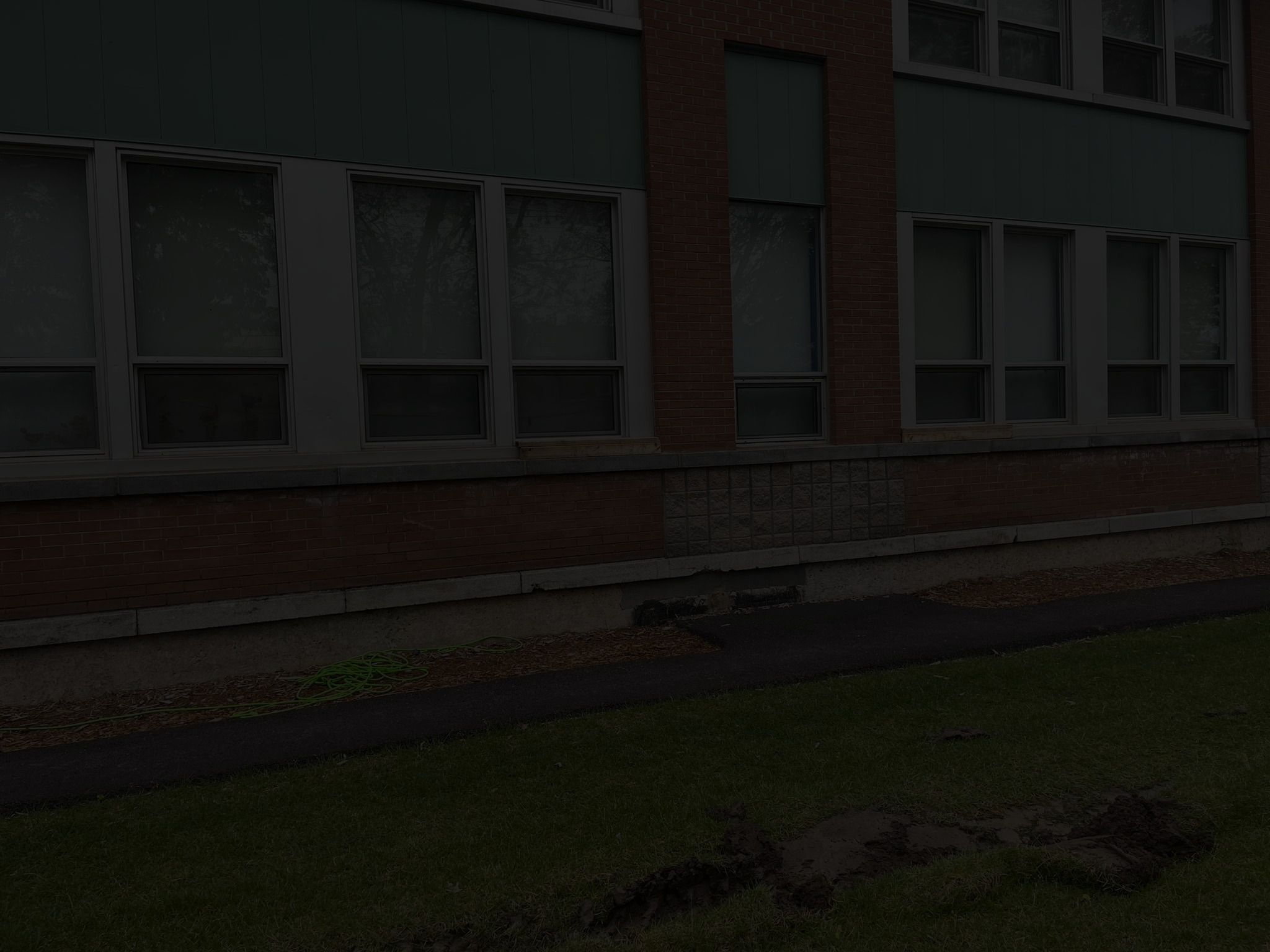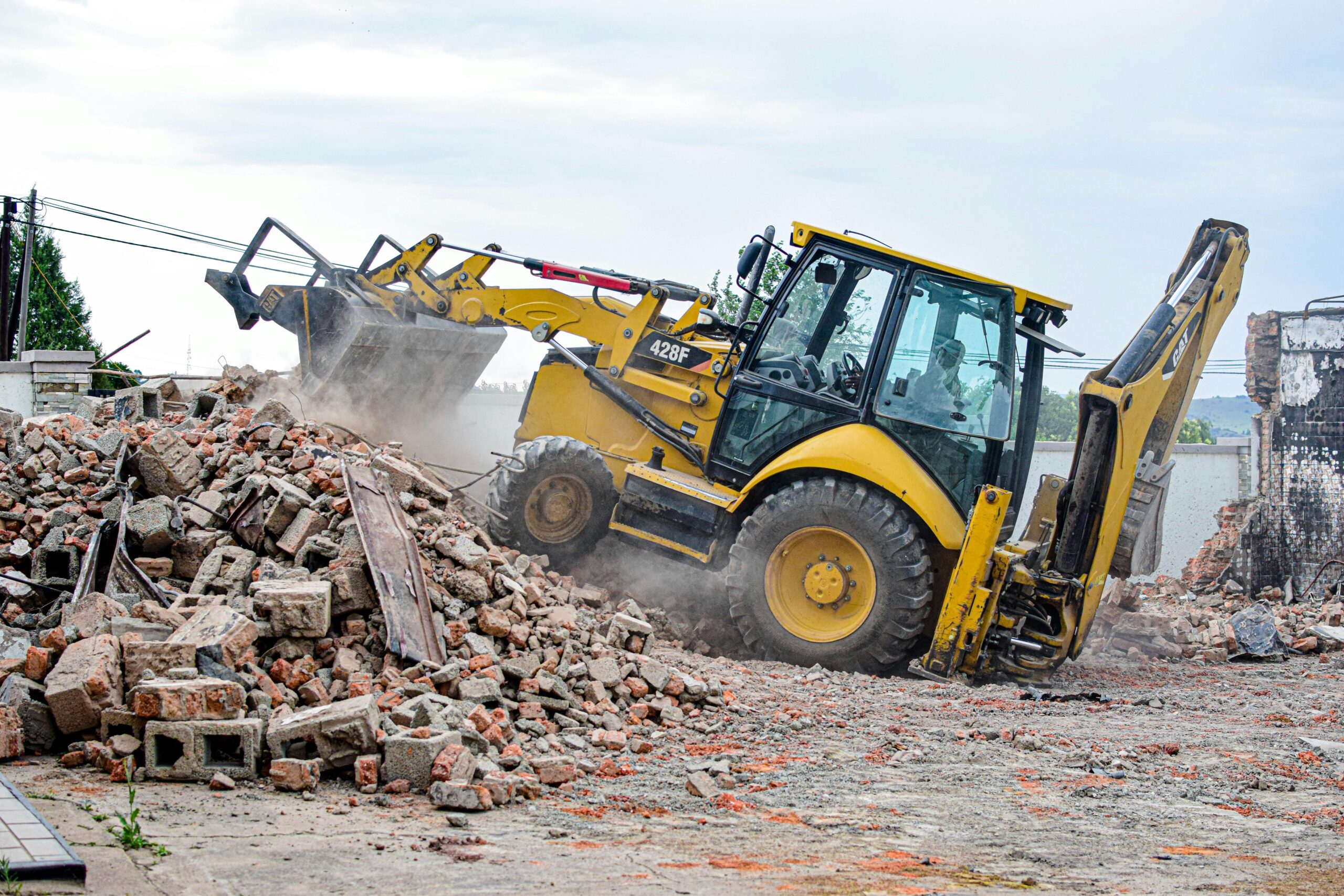
The Hidden Dangers of Old Buildings
Old buildings may have historical charm, but they often contain hazardous materials that pose serious health risks. Many structures built decades ago include asbestos, lead-based paint, and other toxic substances that are now banned due to their harmful effects. Over time, these materials deteriorate, creating dangerous exposure risks for anyone inside. Whether through natural wear or renovation work, disturbing these substances can release deadly particles into the air. This is why old buildings demolition is often the safest and most effective solution.
Asbestos: A Hidden Killer in Old Buildings
Asbestos was commonly used in insulation, roofing, floor tiles, and other building materials before its dangers were fully known. When left undisturbed, it may not pose an immediate risk. However, if asbestos-containing materials break or crumble, they release microscopic fibers into the air. Inhalation of these fibers can cause serious lung diseases, including mesothelioma and asbestosis. Safe removal of asbestos is highly regulated, and in many cases, old buildings demolition is the best way to eliminate the risk entirely.
Lead-Based Paint: A Silent Threat
Lead-based paint was widely used in homes, schools, and businesses before it was banned in 1978. They often have layers of this paint, which can peel, chip, or turn into toxic dust over time. When inhaled or ingested, lead particles can cause severe neurological damage, particularly in children. Renovating a building with lead paint can make the problem worse by disturbing surfaces and spreading lead dust. The safest approach is often old buildings demolition, ensuring complete removal of the hazard.
Other Toxic Materials in Old Buildings
Many old buildings contain additional hazardous substances that make them unsafe for modern use. Some of the most common dangers include:
- Mold and Mildew: Poor ventilation and water damage in aging buildings can lead to mold growth, which causes respiratory problems and allergic reactions.
- PCBs (Polychlorinated Biphenyls): Used in electrical components before being banned, PCBs are linked to cancer and other serious health issues.
- Outdated Insulation: Some insulation materials from past decades contain harmful fibers that pose long-term health risks.
Instead of attempting costly and complex abatement procedures, old buildings demolition provides a permanent solution by removing these dangers at the source.
Why Professional Demolition is the Best Option
A well-planned old buildings demolition project ensures hazardous materials are identified, handled, and disposed of safely. Professional demolition teams follow strict safety protocols to prevent toxic exposure, using specialized equipment to contain dangerous substances. Unlike renovations, which can release harmful materials into the air, demolition eliminates these risks completely.
Key benefits of old buildings demolition include:
✅ Complete Hazard Removal: Demolition removes asbestos, lead, and other toxic materials safely.
✅ Environmental Protection: Proper disposal prevents contamination of the surrounding area.
✅ Legal Compliance: Professional demolition ensures adherence to health and safety regulations.
The Smartest and Safest Choice
Old buildings may have historical value, but their hidden dangers should not be ignored. Asbestos, lead-based paint, and other toxic substances pose significant health risks to anyone exposed. While renovation may seem like an option, it often disturbs hazardous materials, making the situation worse. The safest and most effective way to deal with these risks is old buildings demolition. By choosing professional demolition, property owners can protect health, ensure regulatory compliance, and create a safer environment for future developments.




